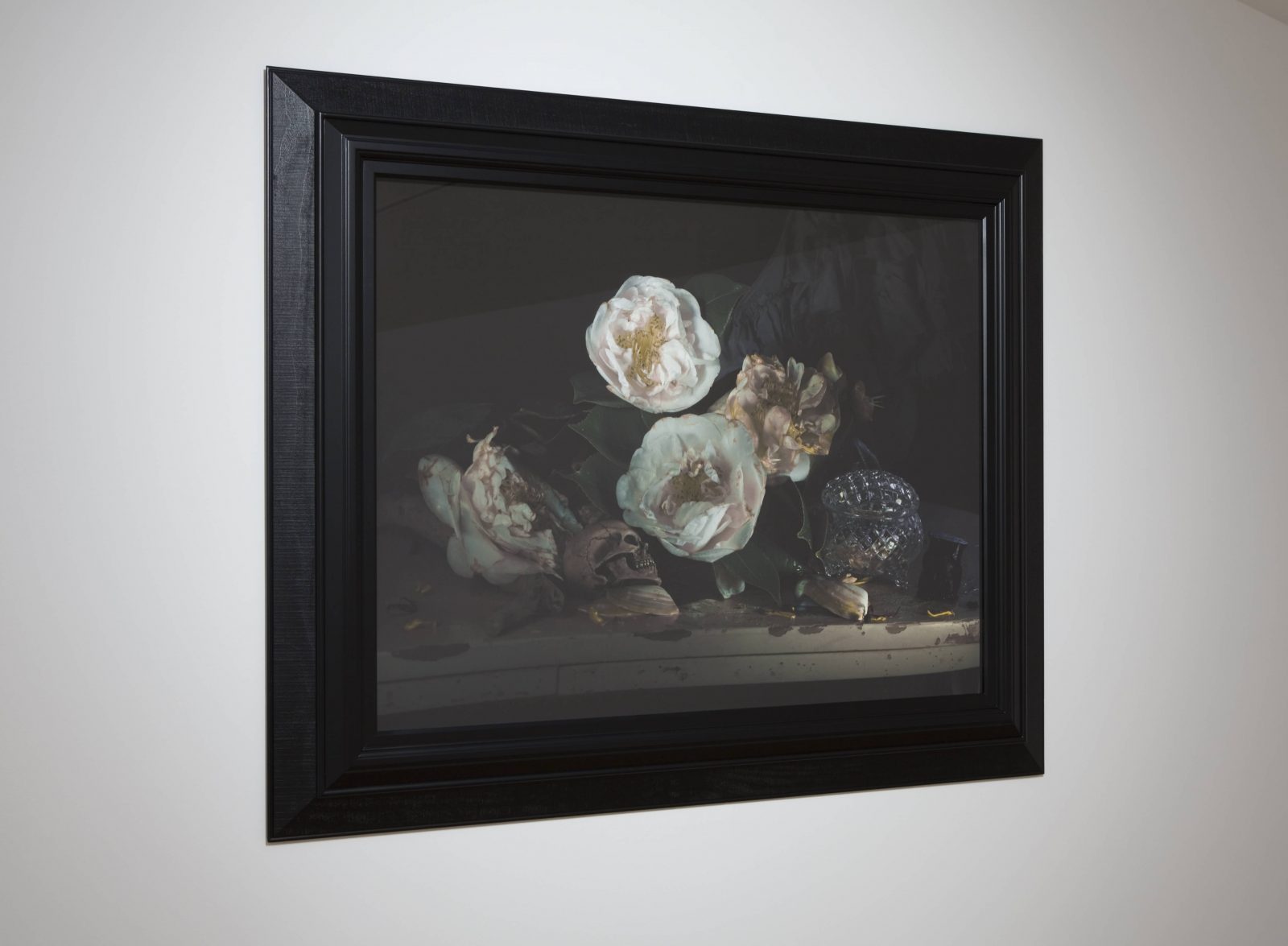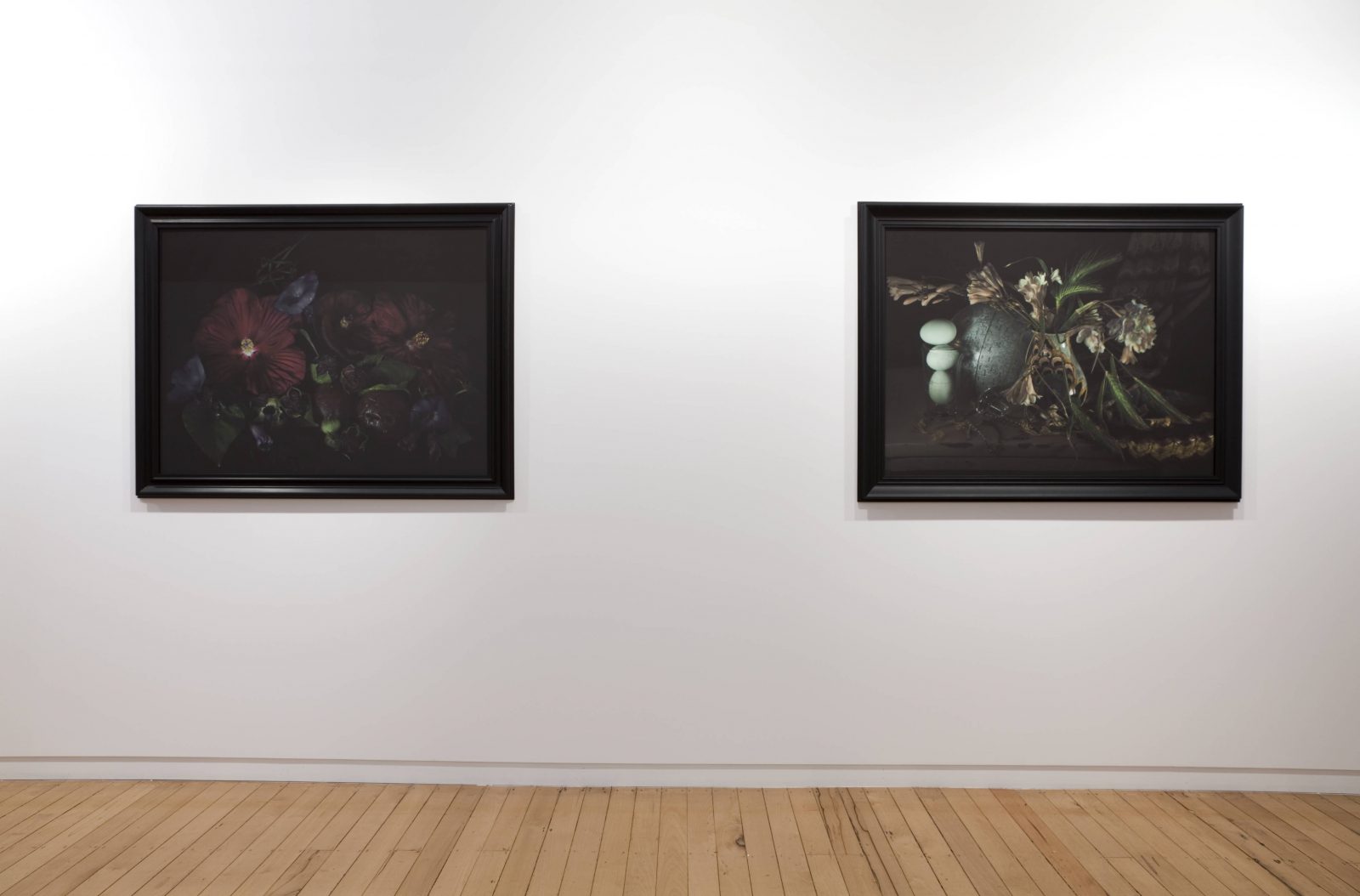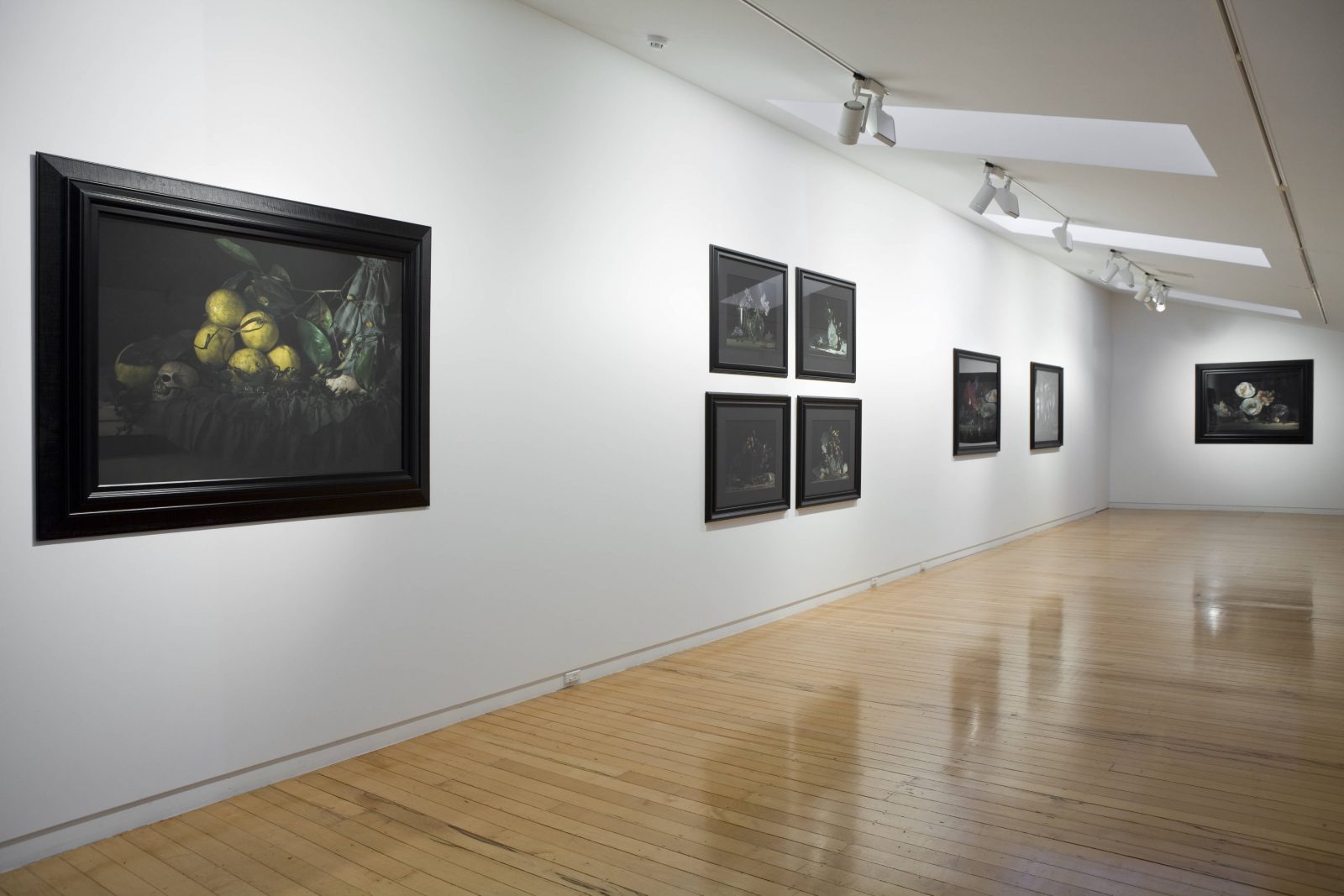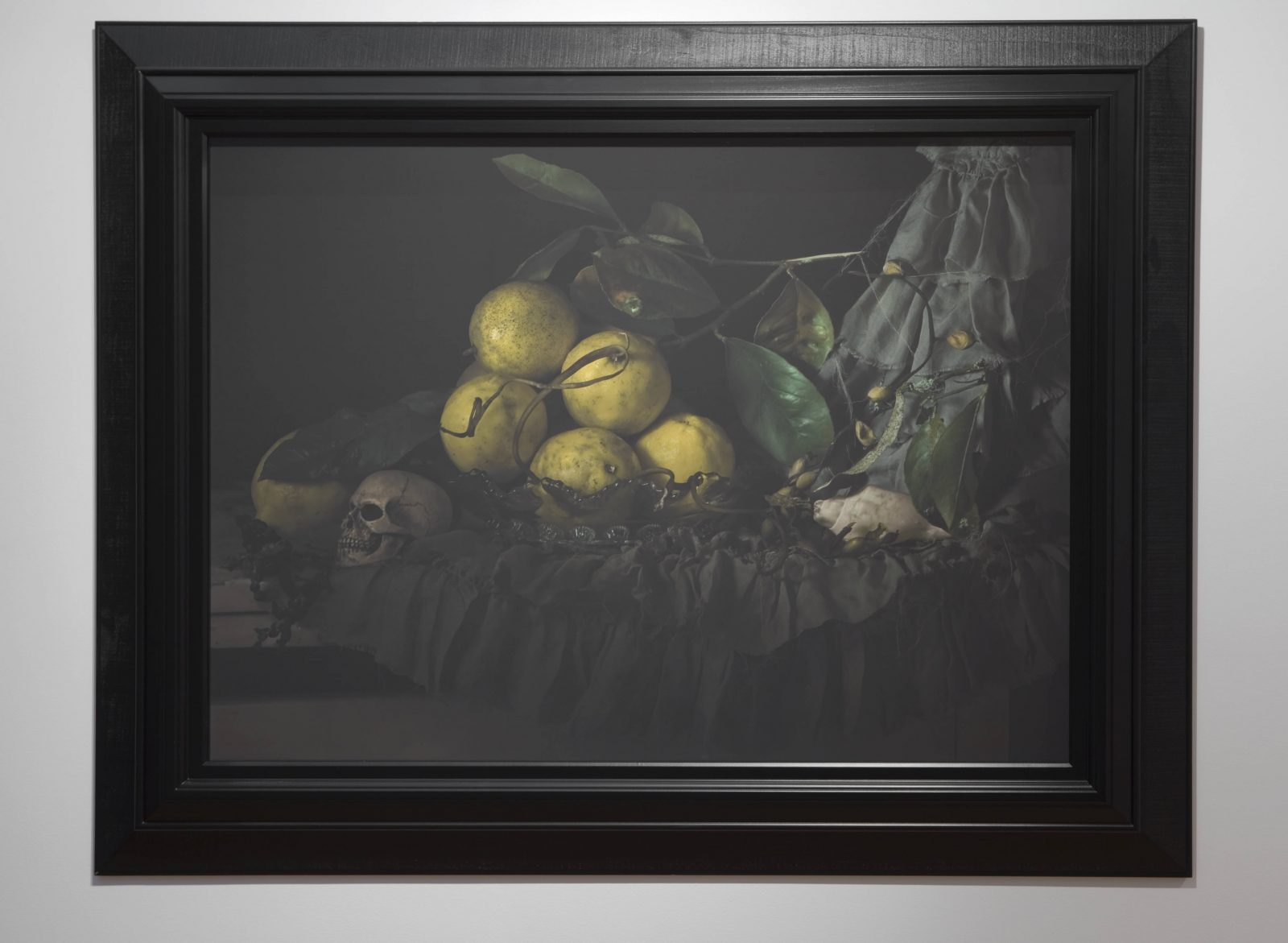Fiona Pardington
Metaphysical Landscapes
21 September - 20 October 2012
Fiona Pardington has a long relationship with still life, photographing museum artefacts and recording taonga (Māori ancestral treasures) and other historic objects such as heitiki and the now extinct huia bird. In these works, she brings new awareness and life to traditional and forgotten objects.
Pardington’s art practice encompasses memory and mourning, and beauty and sensuality, and in her latest project all these qualities are manifested in poignant arrangements in the tradition of the 17th century Vanitas or Still Life, where paintings were presented in a style to remind the viewer of the transience of life and the inevitability of death. Theluxury and the opulence of the material world are undermined by the appearance of imminent decay. Life, death, longing and loss are all present in these photographs, meticulously composed by the photographer using found objects imbued with their own history, rediscovered family heirlooms and botanical items with a distinctly local flavour.
These combined images, says Fiona Pardington, “work on a number of levels – once again my whakapapa/genealogy – random items that belong to beloved family members and important family members i had little contact with – like a child’s silver christening cup found by chance in a skip by my aunt when my grandmother’s house was cleared after sale- it belonged to my father…silk scarves found in french flea markets, shells taken from beaches important to ngai tahu because they are mahinga kai/traditional food gathered from the sea….seaweed, bottles dug out of the sand, midden shells from the beach the ngai tahu chief Tangatahara lived near, paua shells from otakou, crystal wine glasses from op shops, native flowers and introduced weeds and pest plants introduced from overseas by the colonizers….”
Her new photographs demonstrate a mastery of analogue darkroom technique combined with new digital skills. The light and colour are controlled in such a way as to make the viewer linger over their velvety surface and question whether they are really looking at a photograph. These works are sumptuous and rich, and are as painterly as the Dutch Still Life compositions that have inspired them.

825 x 1100 mm

Still Life with Wild Wheat and Freesias 2012


pigment inks on Hahnemuhle Photo Rag 308gsm
2011
825 x 1100 mm